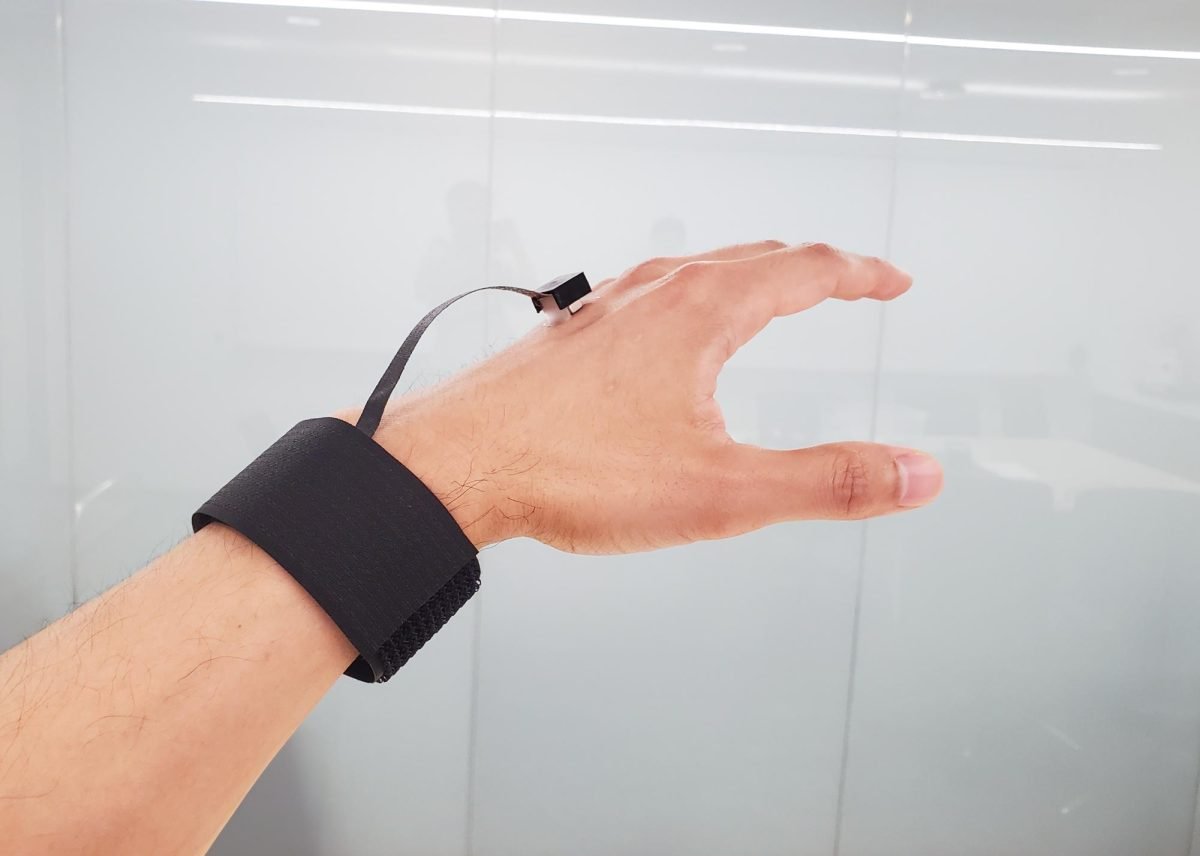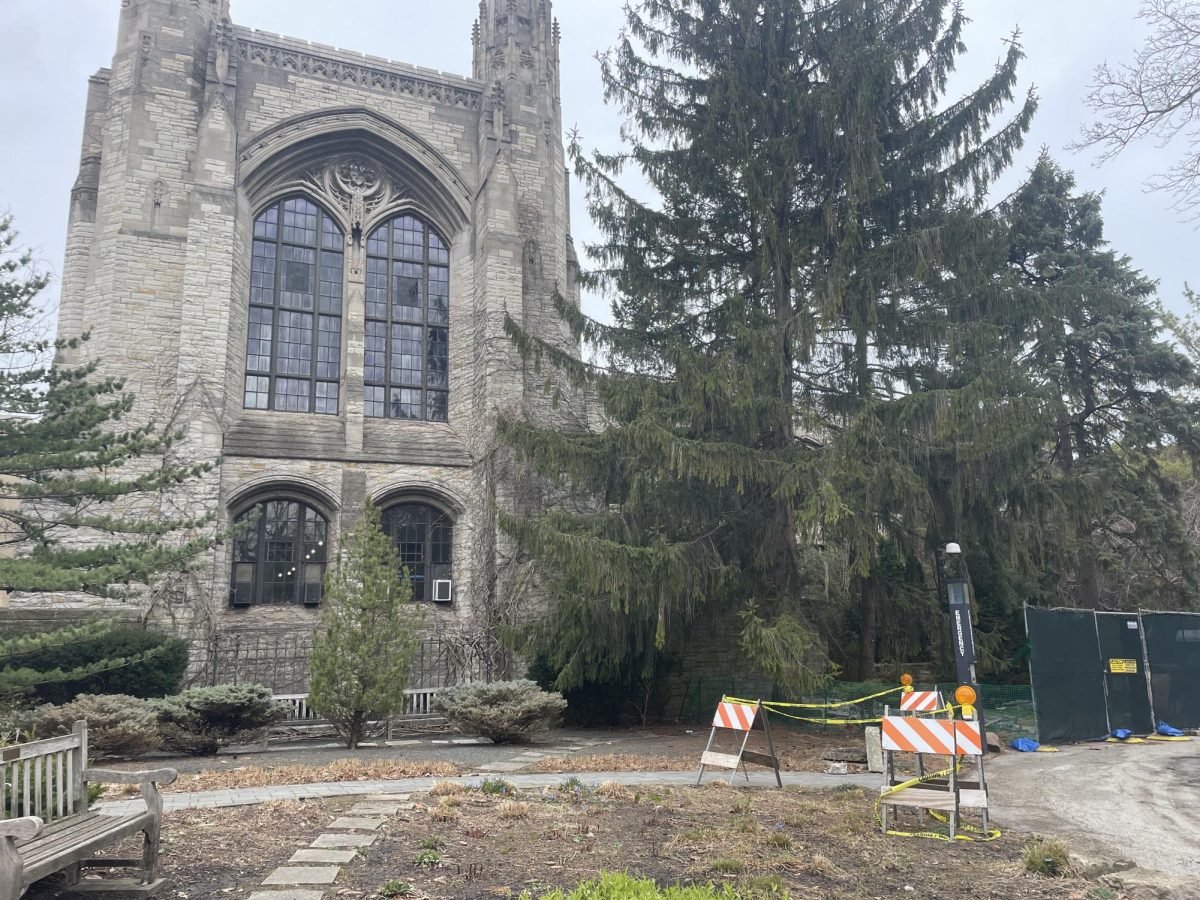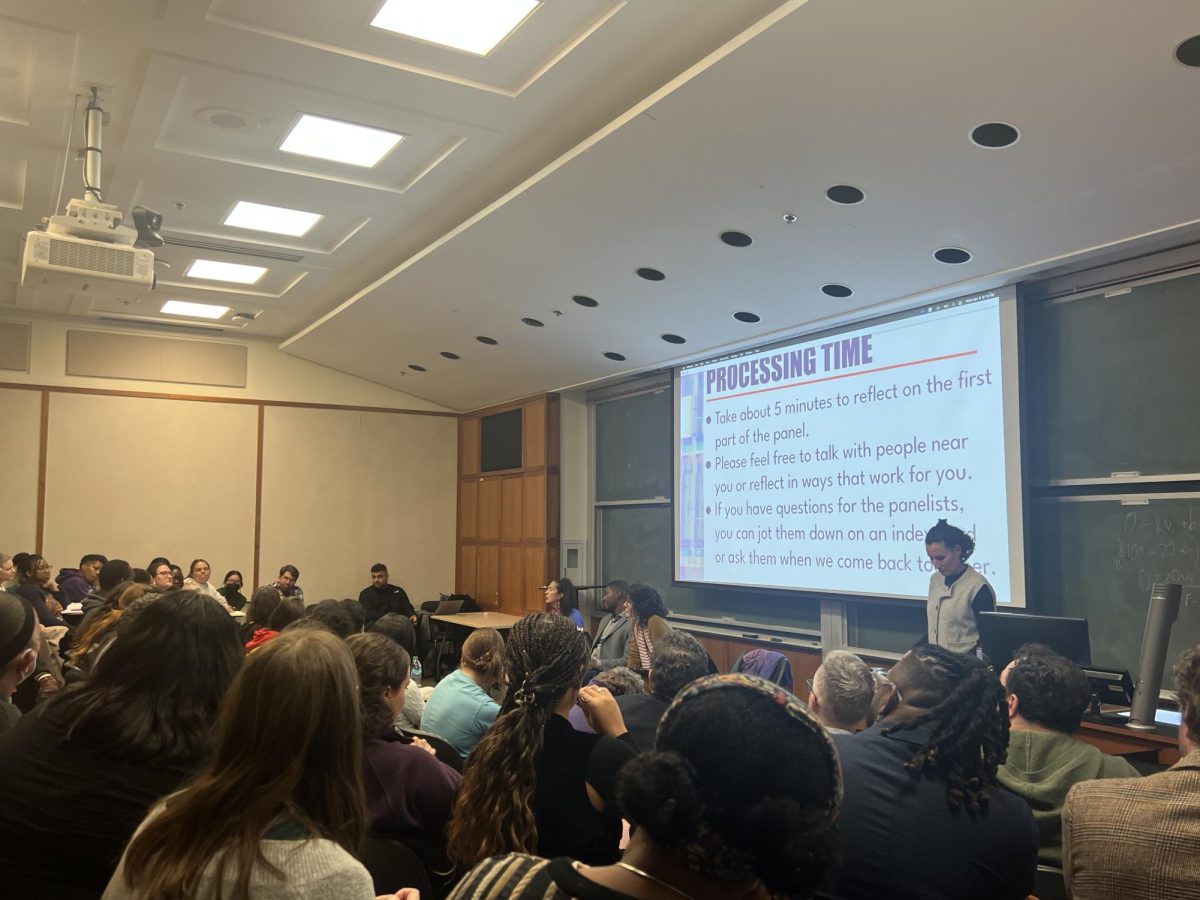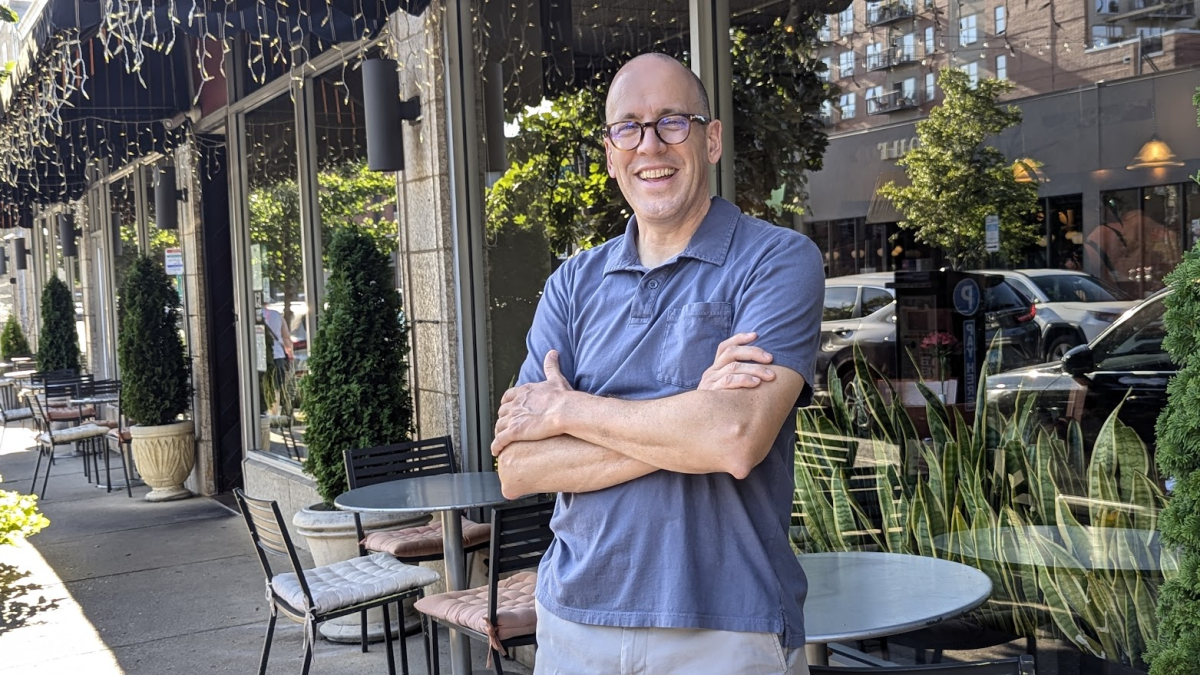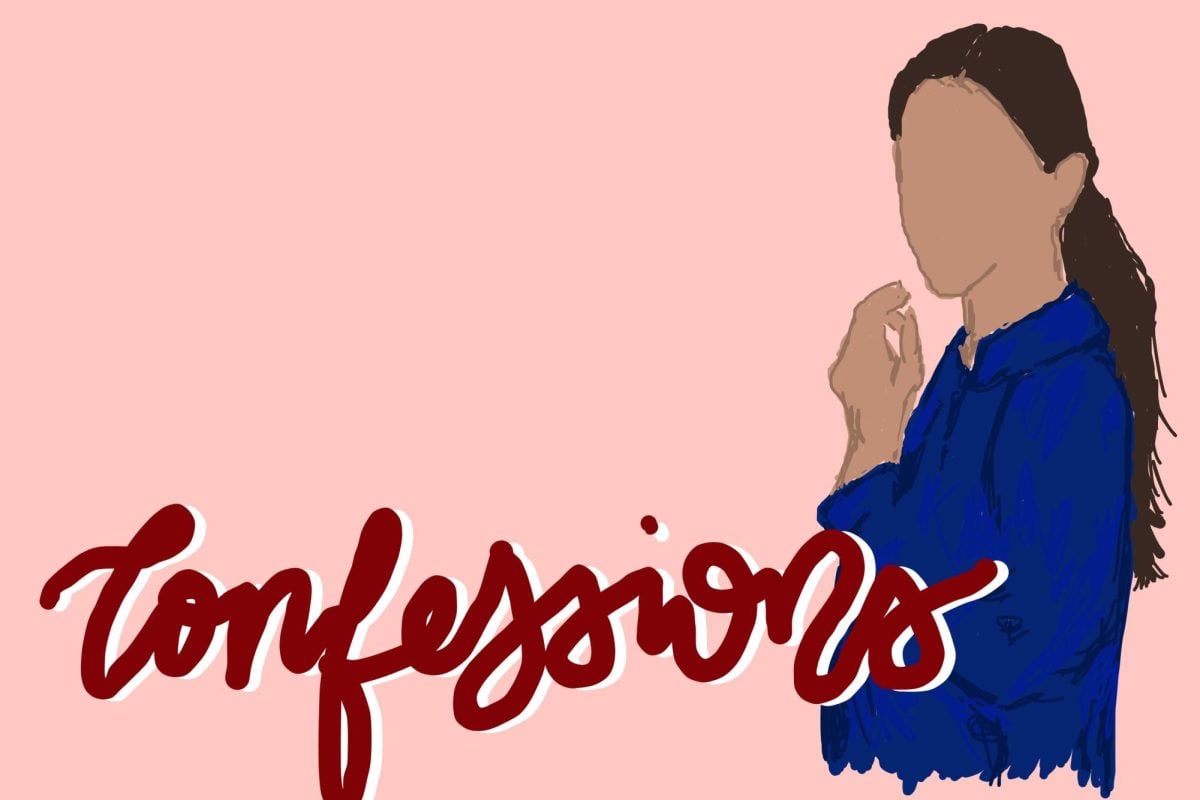During Northwestern’s biggest sports weekend in recent memory, the Medill School of Journalism, Media, Integrated Marketing Communications featured four alumni and an adjunct lecturer on a panel to discuss the good, the bad and the ugly of college sports.
The Friday panel, titled “College Sports: What’s Right, What’s Wrong and What the Future Should Look Like,” focused primarily on the issue of compensating college athletes. The four panelists each presented a unique viewpoint and solution to a packed McCormick Tribune Center forum.
USA Today sports columnist Christine Brennan (Medill ’80, ’81) was the most passionate about the subject, stressing that all payments should comply with Title IX, which mandates gender equity in collegiate athletics, among other errors. She discussed the NCAA stipend plan passed in October 2011, which would give schools with football programs the option to give an extra $2,000 to 98 male players on full scholarship and 47 female players on full scholarship. Most schools could not implement it for fear of getting sued in violation of Title IX and therefore chose to block the measure.
“I understand there are huge issues, but as a realist, I can’t see a university in the country that could pay every single athlete that it has, male and female, $2,000,” Brennan said. “If you’re in the college model, you can’t pay the football player that much without paying the field hockey player or the lacrosse player.”
Medill lecturer LZ Granderson and ESPN’s J.A. Adande (Medill ’92) talked extensively about the old Olympic model, in which athletes could accept endorsements but could not get paid for playing their sport. It is one of the more popular solutions to the player compensation issue and one that solves the dilemma of not being able to pay every athlete. However, Granderson cautioned that there may be more influence from outside companies if this model is put into place.
The issue is a divisive one in the sports community, with Syracuse’s men’s basketball coach Jim Boeheim recently calling the notion of paying players “idiotic” and other coaches coming out in favor of giving athletes extra money. Medill sophomore Andy Linder said he understands the complexity of the situation and was interested by talk of the Olympic model.
“That’s a very interesting angle to take,” Linder said. “I realize you can’t pay all the athletes, it’s just not going to happen across the nation, but if you let them be paid, that could be an alternate solution and it could be an intriguing one.”
ESPN producer and panel moderator Willie Weinbaum (Medill ’82, ’83) began the general discussion on college athletics by asking each panelist to name what is right about intercollegiate sports. ESPN anchor Steve Weissman (Medill ’01) talked about the ability to unite a community around a school, but the most powerful answer came from Brennan, who asked all the student athletes in the room to raise their hands.
“The best thing about college sports is you,” Brennan told the student athletes. “A few bad apples get all the attention, but most student athletes are doing it exactly right. You’re studying, you’re representing your school beautifully, you’re going to graduate on time and you will represent this community for the next 50 or 60 years.”
Email: joshuawalfish2014@u.northwestern.edu
Twitter: @joshwalfish

